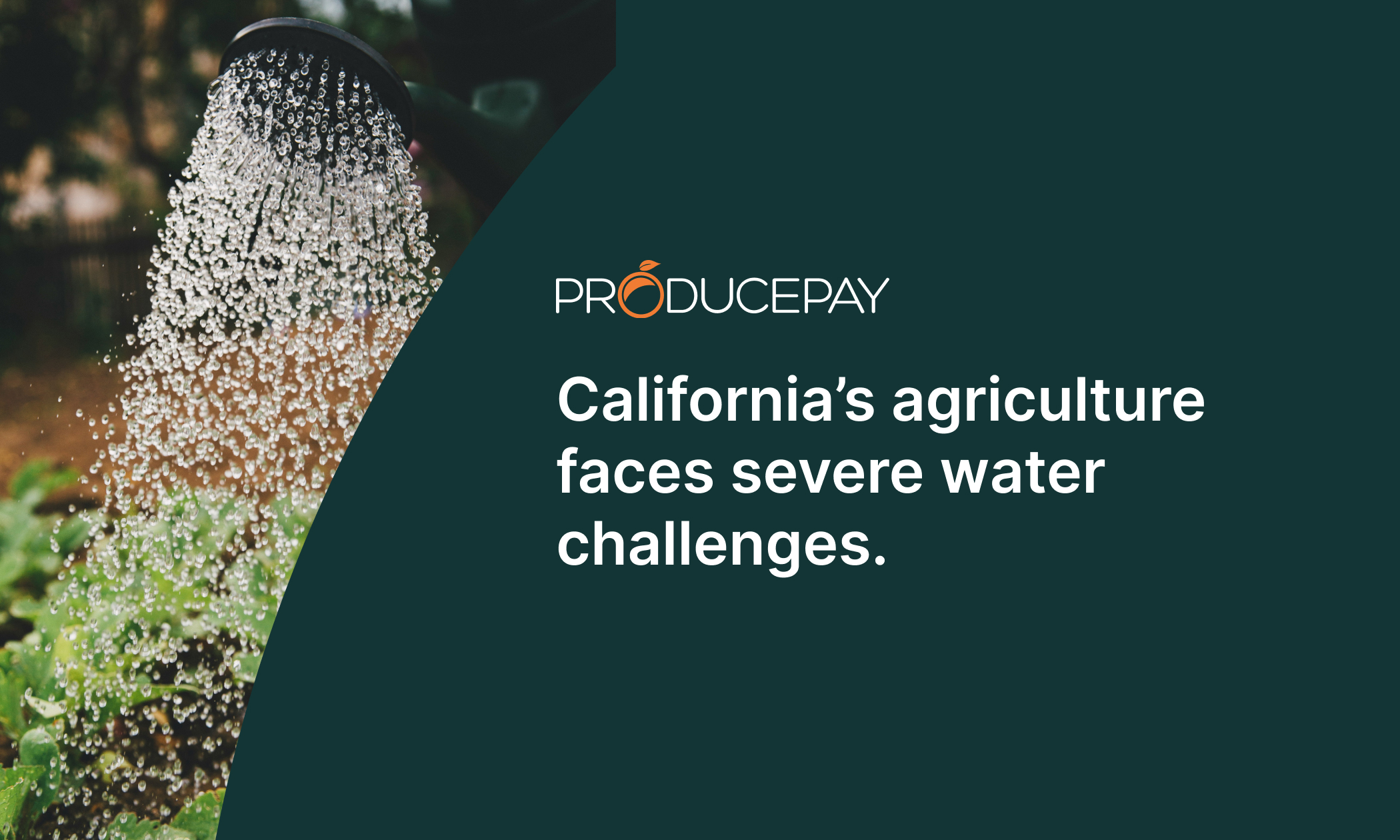
California’s agriculture faces severe water challenges.
California’s water crisis poses an unprecedented challenge to its agricultural sector, one of the most extensive and diverse globally. Climate change, unsustainable water management practices, and substantial freshwater demand create severe stress on the region’s growers.
Two concerning trends have emerged: increasingly frequent and severe drought periods and excessively intense rainy seasons. These conditions of climatic variability, coupled with growing water demand, suggest that water supply could face significant challenges in the coming decades.
A crucial issue is the disparity in water consumption among different types of crops. Crops that require large amounts of water, such as tree nuts, especially almonds, consume up to 715 mm annually. This figure is high compared to the water demand of cereals and hay crops, which only need 141 mm per year.
On the other hand, irrigation efficiency in California, especially in the Central Valley, a crucial area for the state’s agricultural production, presents another significant challenge. Given an average efficiency calculated at 61.8%, it is evident that a substantial portion of water allocated for irrigation is not effectively utilized for crop growth but is lost through leaching or evaporation.
Solutions for efficient water use
Experts have proposed several strategies to improve efficiency and optimize water management in California’s agricultural sector:
- Improved infrastructure and monitoring technology: Upgrading existing irrigation infrastructure to reduce leaks and investing in monitoring technologies can help farmers decide when and how much to irrigate. This includes soil moisture sensors, drones, and geographic information systems to optimize irrigation schedules.
- Policies and incentives for water conservation: Developing policies that promote efficient water use and economic incentives for farmers who implement water conservation practices can accelerate the adoption of sustainable measures. This involves gradual water tariffs, tax credits, grants for irrigation equipment upgrades, and water rights purchase programs to encourage consumption reduction.
- Adoption of efficient irrigation practices: Implementing advanced irrigation technologies, such as drip irrigation and micro-sprinklers, can maximize the amount of water that effectively reaches crop roots, reducing losses. These technologies allow for more precise and controlled water application, significantly improving irrigation efficiency.
- Selection of low-demand crops: Shifting towards crops that require less water or are more drought tolerant can significantly reduce overall water demand in agriculture; this strategy also includes crop rotation and selecting varieties adapted to local climatic conditions.
- Controlled deficit irrigation: Involves deliberately applying less water than the crop needs for optimal growth without significantly compromising yield. This aims to encourage plants to use water more efficiently.
Invest in irrigation technology
Irrigation technology advancement is not just an improvement. It has become an urgent necessity to ensure the sustainability of agricultural operations. However, the main challenge in adopting advanced technologies is making the required investments.
We understand that transitioning to more advanced irrigation systems requires significant resources. Our Pre-Season financing is crucial to this process, providing growers with the capital they need to make strategic investments in water-related issues.
Additionally, improving their water use provides certainty to distributors and retailers. If farmers increase their resilience to adversities, buyers can be assured that the supply will remain stable. Our Trade and Predictable Commerce Program solutions represent two ways to connect with growers that meet all the market requirements directly, simplifying the integration of agri-food chains.

